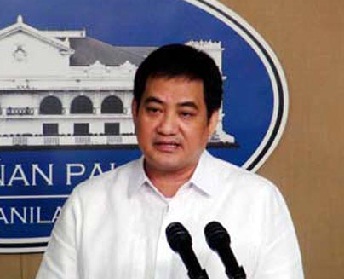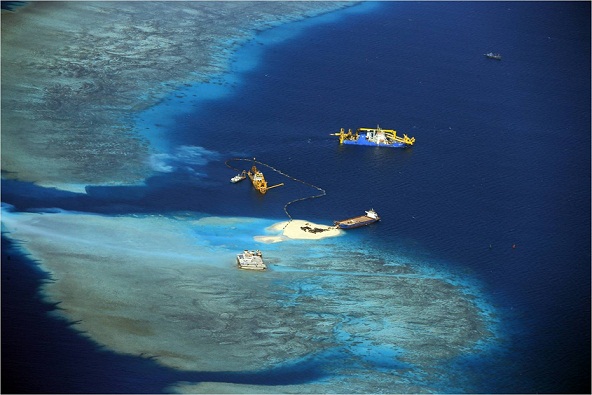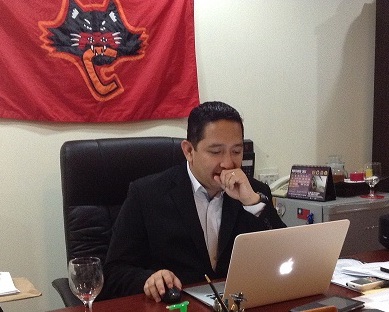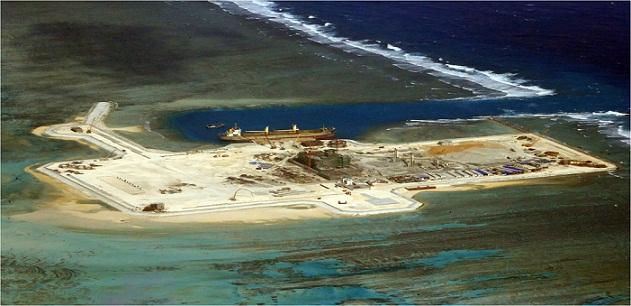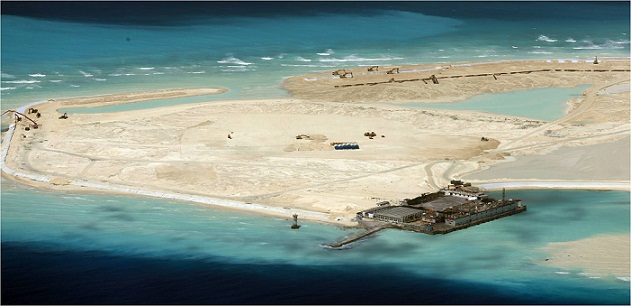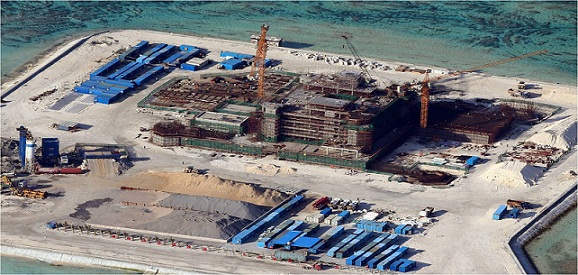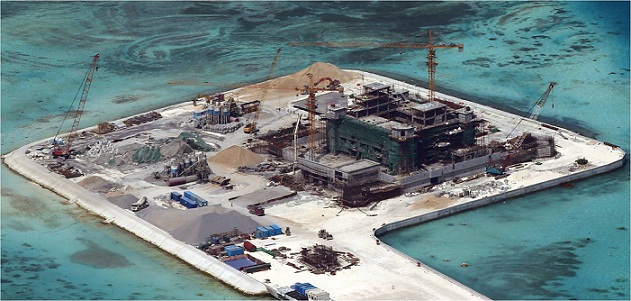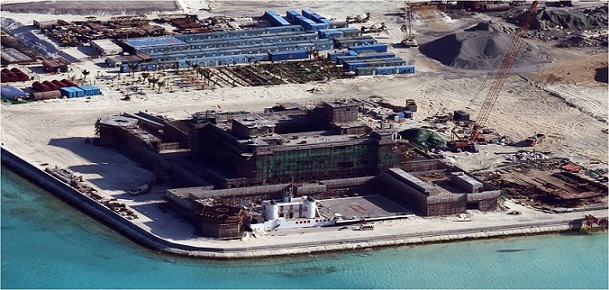It is not true that the Board of Inquiry did not try to get the side of President Aquino on the Jan. 25 Mamasapano tragedy that claimed 68 lives including 44 of the country’s elite police commandos, 18 members of the Moro Islamic Liberation Front, and six civilians, including an eight-year old girl.
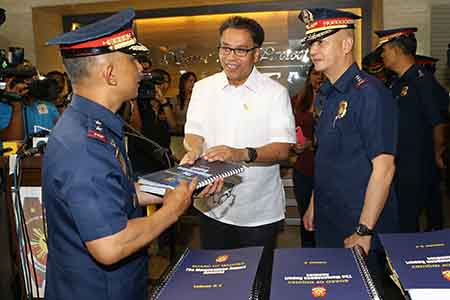
DILG Secretary Mar Roxas accepts from PNP Board of Inquiry Chairman PDir Benjamin Magalong the copies of the report on the Mamasapano clash during the official turnover on Friday, March 13, 2015.
This took place when Magalong requested Roxas for an extension to submit the report.
Magalong never got a notification from Roxas on Malacañang’s reply to his request. He submitted the BOI report last Friday.
Malacañang is not happy with the report of the BOI that investigated the Jan. 25 Mamasapano tragedy of which found that the Chain of Command in the Philippine National Police was violated and one of the culprits was President Aquino.
“The President, the suspended CPNP Purisima and the former Director SAF Napeñas kept the information to themselves and deliberately failed to inform the OIC PNP and the SILG. The Chain of Command should be observed in running mission operations,” the report said.
The other items in the Report’s Executive Summary focusing on the President’s role in the tragedy that claimed 68 lives including 44 of the country’s elite police commandos, 18 members of the Moro Islamic Liberation Front, and six civilians, state: “1. The President gave the go-signal and allowed the execution of Oplan Exodus after the concept of operations (CONOPS) was presented to him by Director of Special Action Force (SAF) Police Director Getulio Napeñas.
“2. The President allowed the participation of the suspended Chief Philippine National Police (CPNP) Police Director General Alan Purisima in the planning and execution of the Oplan Exodus despite the suspension order of the Ombudsman.
“3. The President exercised his prerogative to deal directly with Napeñas instead of Officer-in-Charge of the PNP (OIC-PNP) Police Deputy Director General Leonardo Espina. While the President has the prerogative to deal directly with any of his subordinates, the act of dealing with Napeñas instead of OIC-PNP Espina bypassed the established PNP Chain of Command. Under the Manual for PNP Fundamental Doctrine , the Chain of Command runs upward and downward. Such Manual requires the commander to discharge his responsibilities through a Chain of Command.”
Lacierda slammed the BOI report saying it “ introduced innuendos and resorted to speculations.”He disagreed with BOI’s stand on the applicability of the chain-of-command doctrine saying the PNP is a civilian institution under the Executive Branch of government. “The President, as Chief Executive, exercises full and absolute control and supervision over every official in that branch,” he said.
Lacierda faults the BOI for not getting Aquino’s side. “The BOI in its efforts could have asked the President to clarify matters. The President would have answered any questions they may have had. But no official request was made. Instead, it introduced innuendos and resorted to speculations to reach some of its conclusions. This is all the more unfortunate because the head of the BOI, together with other senior officials of the Philippine National Police (PNP) was present in a meeting with the President where Police Director Benjamin Magalong had the opportunity to ask the President questions or seek further clarifications. As head of Criminal Investigation and Detection Group (CIDG), Police Director Magalong should be particularly aware of the need for due process to be observed.”
Lacierda must be referring to the March 4 meeting of the President with SAF officials at Bagong Diwa in Taguig City which focused on a review of the operations conducted to arrest the two terrorists who were the target of the Jan. 25 Oplan Exodus in order to improve future operations and other related concerns of SAF.
Is Lacierda serious about expecting Magalong to disrespect the President and do an ambush interview with him in the midst of a meeting with top PNP officials?
Lacierda, confirming the President’s complete control of Oplan Exodus, which he himself narrated in his meeting with religious leaders last Monday, said, “The President therefore left nothing to chance. His direct orders to Purisima if obeyed, would have ensured that the OIC Chief PNP would not have been kept in the dark. However, the President was disobeyed by Purisima.”
Lacierda said Aquino himself instructed the suspended Chief PNP, Alan Purisima to inform the OIC Chief PNP Leonardo Espina of Oplan Exodus.
Using Lacierda’s argument that Aquino is not covered by PNP’s doctrine of chain-of-command,because he “exercises full and absolute control and supervision over every official in that branch”, why didn’t he himself inform Espina? Why did he have to course it through Purisima, who had no business participating in PNP operations because of his suspension?
Aquino dealing with the suspended PNP chief all throughout the operations, as shown by text messages between the two, was an anomaly. He disrespected not only Espina but the whole PNP organization. Binastos ang PNP.
Magalong, by coursing his request for an interview with the President through the DILG secretary, showed respect for the Office of the President.Magalong was following protocol. He is with the PNP, which Roxas administers and controls as chairman of the National Police Commission.
The BOI never got a reply from Aquino nor from Roxas. Is Lacierda’s statement a case of story-telling-a lie which we had aplenty the past one and half months or a breakdown in communication in Malacañang?
Either way, it does not speak well of the current state of the Aquino presidency.
